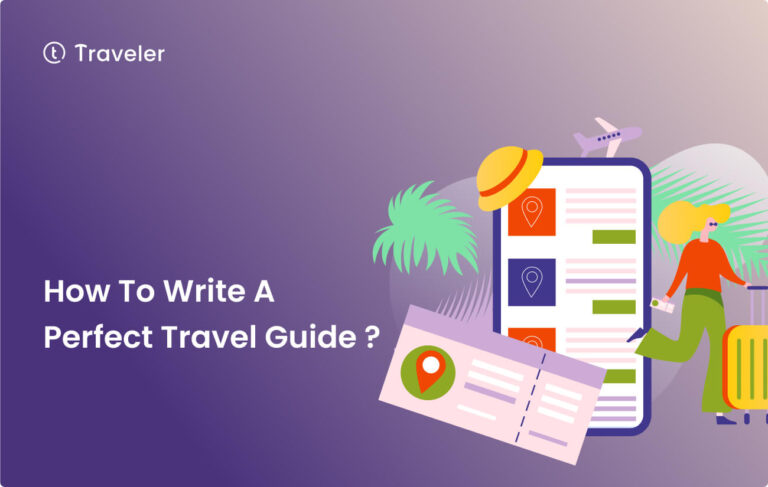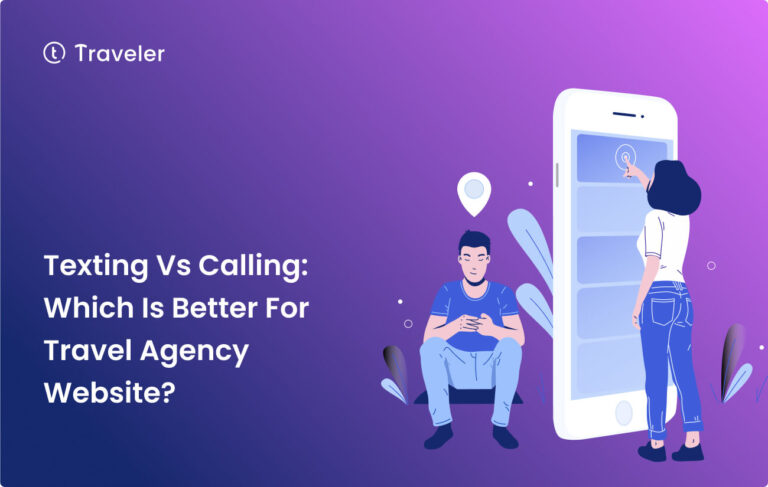14 Tips to identify target audience for travel agency website
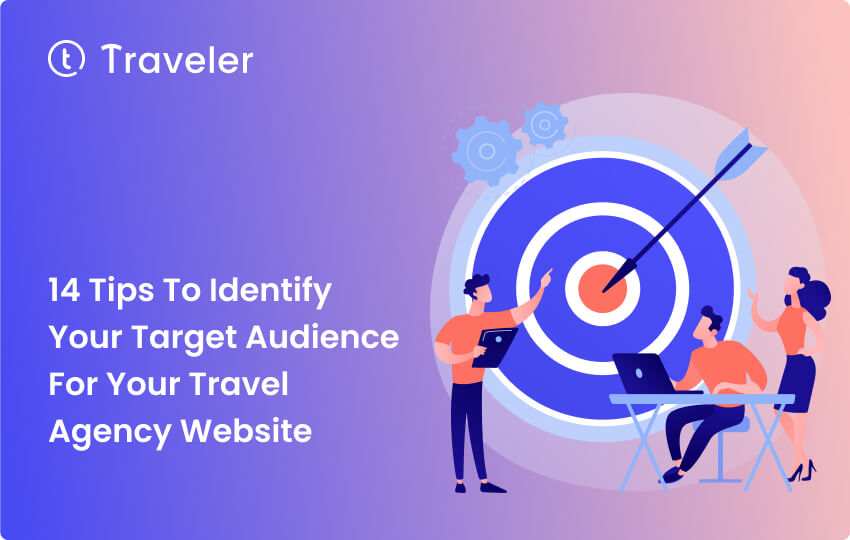
As a travel agency, you need to know who your website is for to make it more successful. Knowing who you’re trying to reach will help you make good content, make a website that looks good, and offer services that will attract the right people.
In this article, we’ll give you 14 tips on how to identify target audience for travel agency website. Read on to find out what our experts have to say and how you can reach the right customers for your business.
Determine the purpose of your website
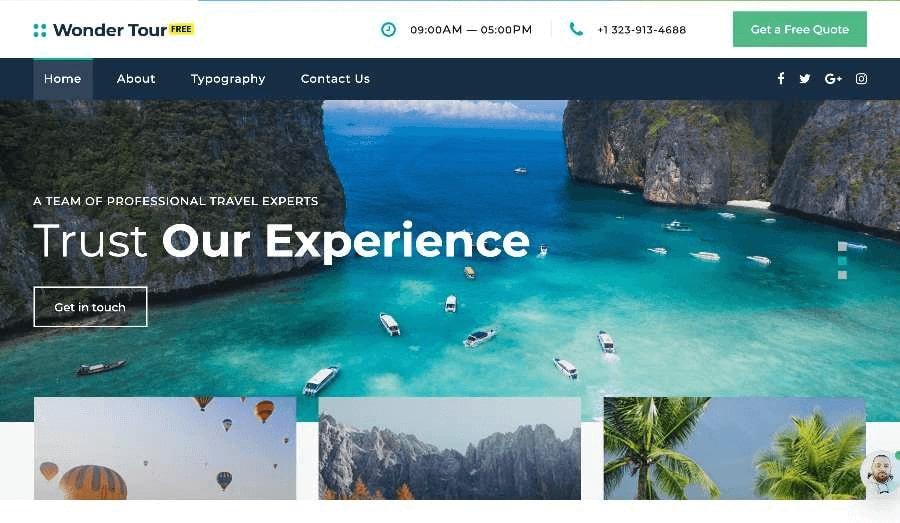
Putting together a good website for a travel agency takes more than choosing the right font or images that stand out. It’s important to know why you’re making a website and how it will best help the people you want to reach.
To make successful content for your travel agency’s website, you need to know who you want to reach. Is it to get more people to buy? Engage with customers you already have? Give details about services? All of these goals are reasonable, but they all need different ways to reach them.
Focus on introducing yourself and giving general information that will appeal to a wide range of people if you want to get new customers. Content should be interesting and include visuals, like pictures of places, that make people want to book their next trip with your business.
Define your target audience
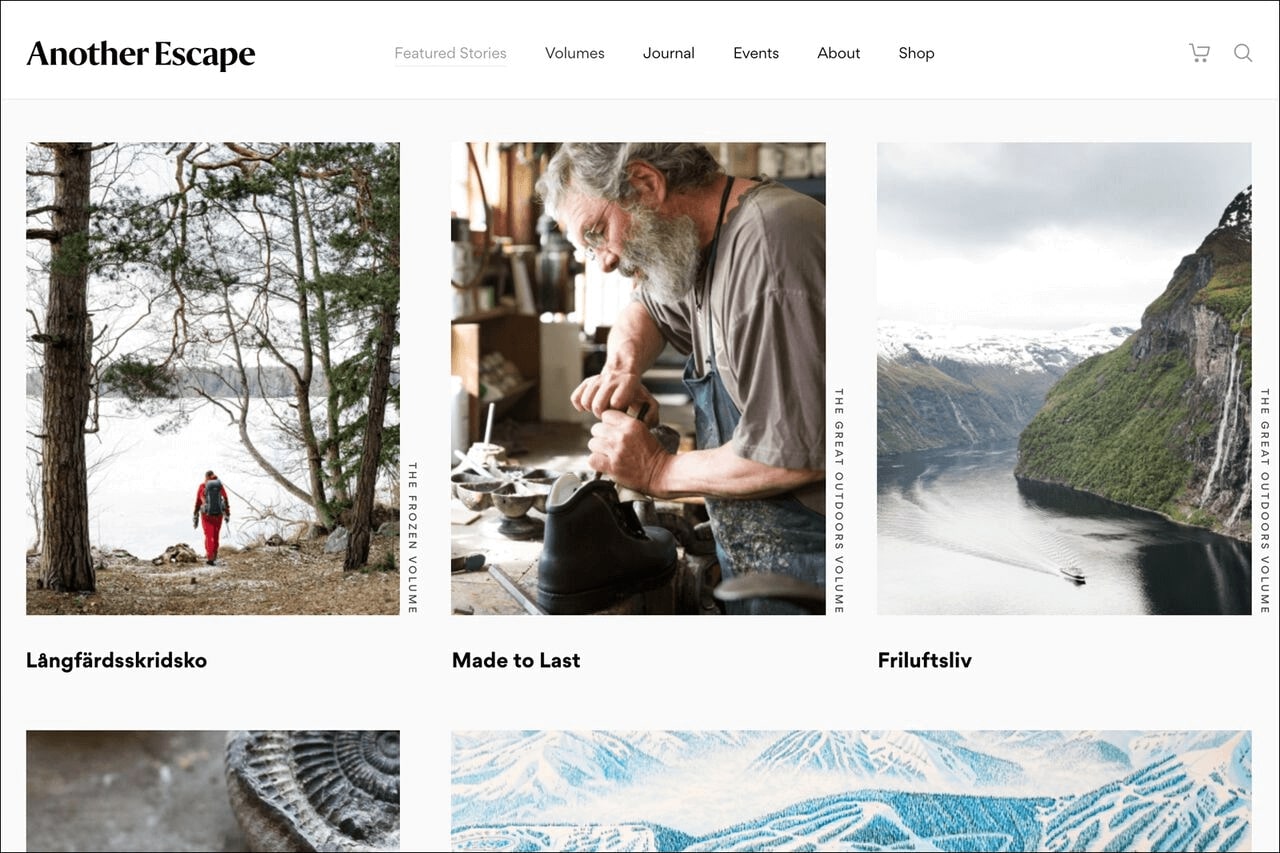
To make sure your website is successful and profitable, you need to figure out who your best customers are.
Start by thinking about the age, gender, interests, where they live, how they like to travel, and how much money they have. This will help you adjust your services and marketing messages so that your travel agency website attracts the people who are most likely to buy from you.
Also, think about any other important factors, like their way of life or past travel experiences, that might affect their choice of travel provider.
By figuring out who you’re selling your services to, you can make sure you’re spending your money on strategies that will bring in the best customers for your business.
This will not only help you make the most money possible, but it will also give each customer an engaging experience that is tailored to their specific needs, which will make everyone happier.
Research your competition

Doing research on the websites of other travel agencies can help you figure out who their target audiences are and how they compare to yours. When you know who your competitors are going after, you can decide how to make your brand stand out from theirs.
Start by looking at the websites of other agencies that work in the same or similar markets as yours. Pay attention to both the content and the design of each website as you look at them.
Ask yourself things like, “What kinds of pictures do they use?” What kind of words do they use? Who are these images and words for? Once you know who they are trying to reach, you can look at your website and see how it compares. What’s the same and what’s different about the two? Can you differentiate your agency and appeal to a unique audience?
Use social media to gather insights
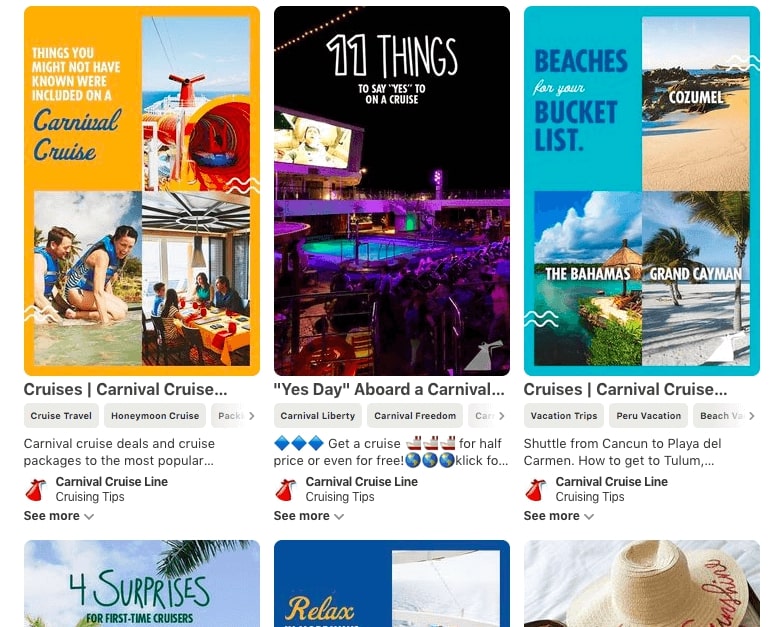
Next, social media can be a great way to find out more about people who might use your travel agency’s website. By looking at your followers’ ages, genders, and interests, you can learn more about who they are and what they’re looking for.
Getting to know them better can help you learn even more useful things. When booking trips, ask them about their preferences, like what kind of places they’d like to visit or what kind of experiences they like the most.
You could also make polls or surveys that let people tell you what they thought about different parts of their holidays. Or tell you how you could make your services better.
Use Google Analytics to analyze your website traffic
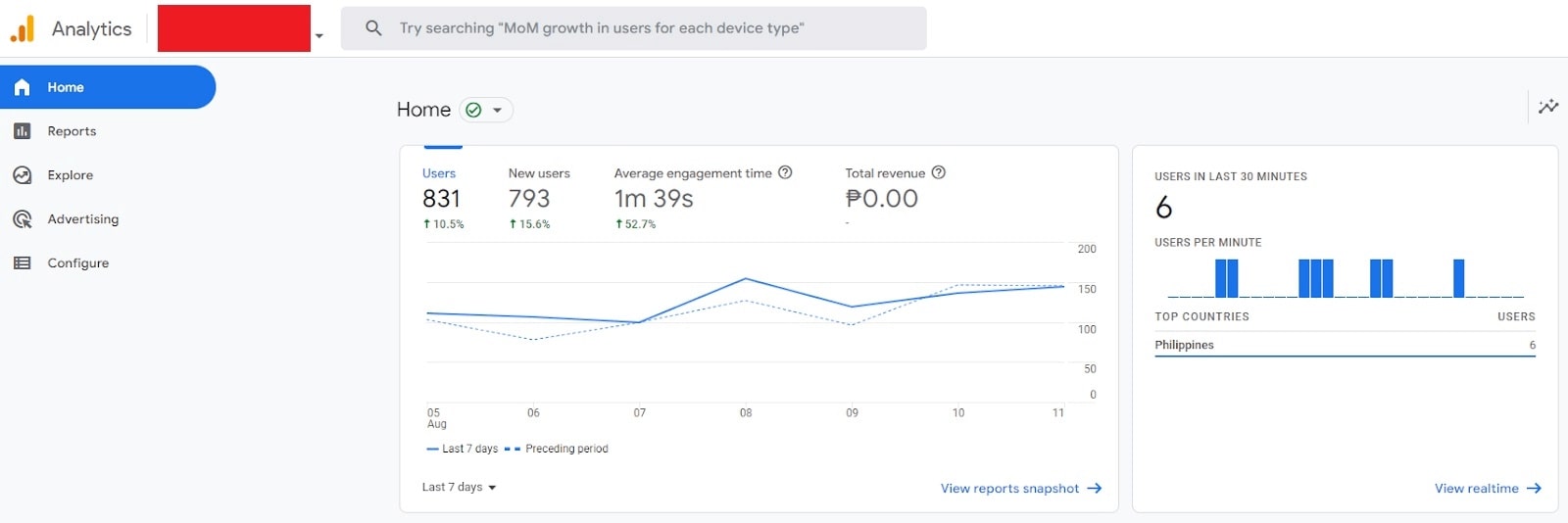
Google Analytics is a great tool for both people who own websites and people who work in marketing. With its powerful tracking features, you can easily and quickly find out who your travel agency website is for.
By looking at key metrics like demographics, number of page views, time spent on site, traffic sources, and more, you can make a full profile of your visitors and learn more about their habits and interests.
When you use Google Analytics to look at website traffic, you can also find out which pages and posts are the most popular with your audience. By finding out which pieces of content your visitors like best, you can make more targeted campaigns that will keep them interested and lead to more sales. You’ll also learn which topics are most important to your customers, which will help you make future content that fits their needs. With this information, marketers will have a better idea of how to reach the people they want to reach.
Consider the language and cultural differences of your target audience
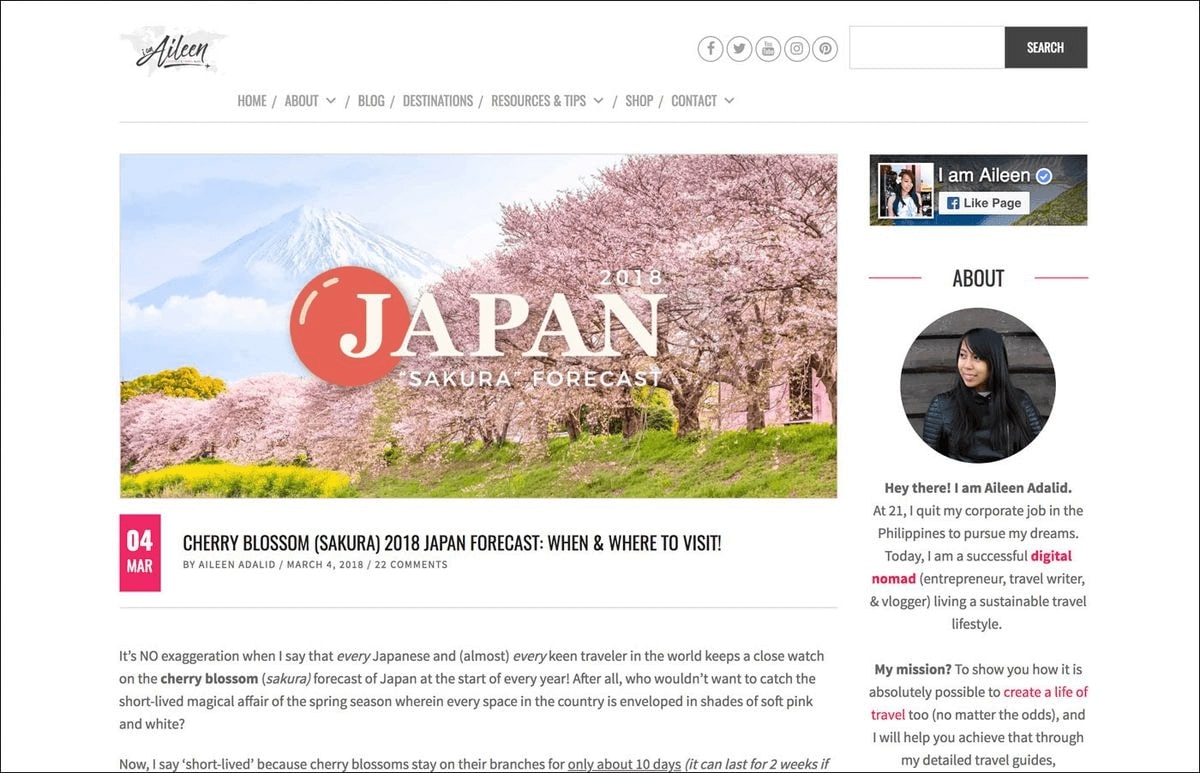
By learning about the language and culture of your potential customers, you can create a more interesting experience that will appeal to them.
When it comes to language and culture, these two things can have a huge effect on how well a website reaches the people it wants to reach. If you know about these details, you can use them to help you decide how to design a website’s layout, content, and visual elements.
This includes making sure that all text is translated into the right language(s) and taking into account any cultural sensitivities that could be hurt by certain images or words.
Use customer personas to help visualize your target audience
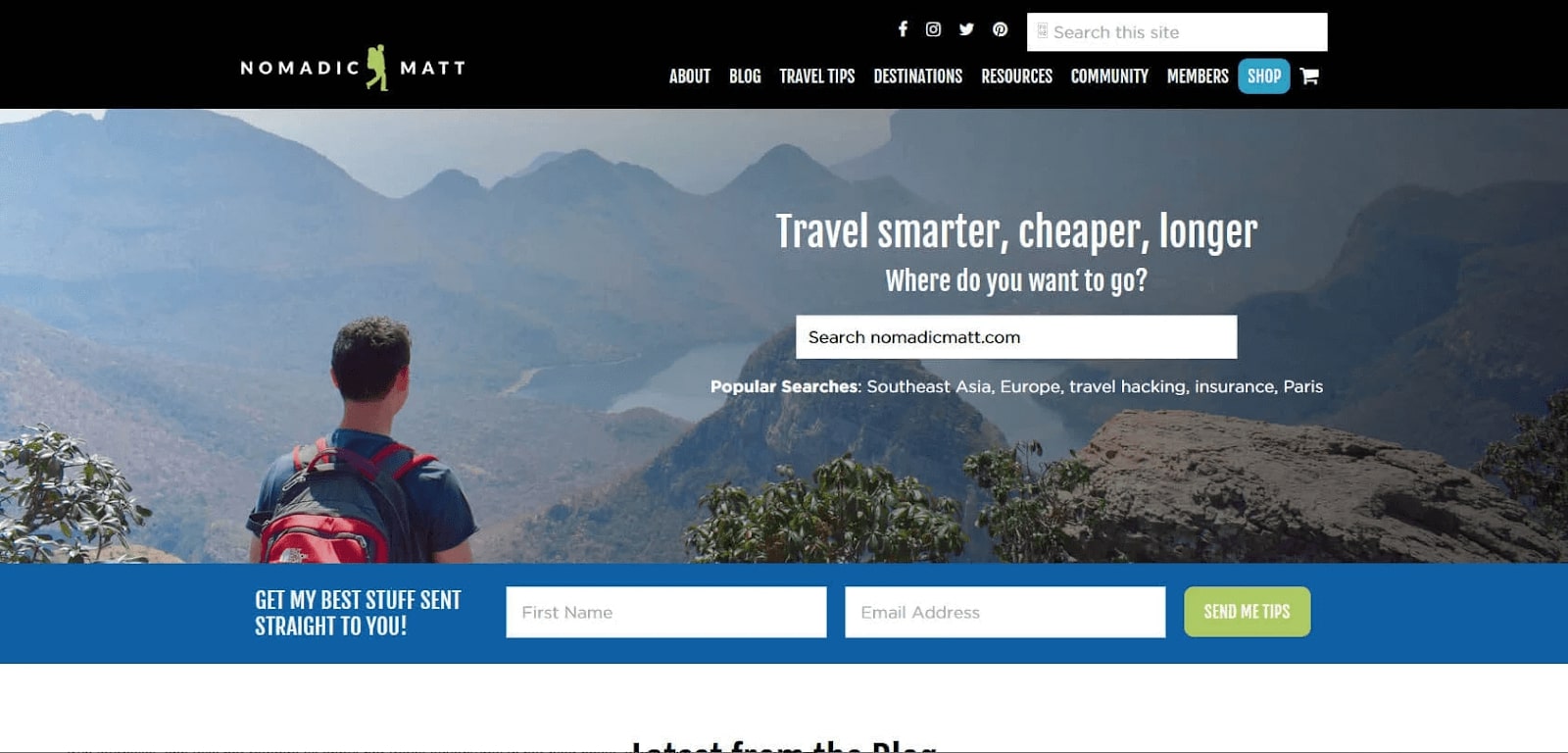
Customer personas are detailed descriptions of your ideal customers that can help you see who you’re trying to reach. They give you useful information about how potential customers interact with your business, which lets you make better marketing and content plans.
To make customer personas, you need to do research and gather information about the needs, demographics, online behaviors, and motivations of your target audience. When done right, these profiles will help you figure out what makes them tick, from what hurts them to what they want to achieve.
By learning more about these things, you can make marketing and content that is more relevant to them. In the end, customer personas will make it easier for you to talk to potential customers in a way that will be most effective for them.
Consider the stages of the customer journey
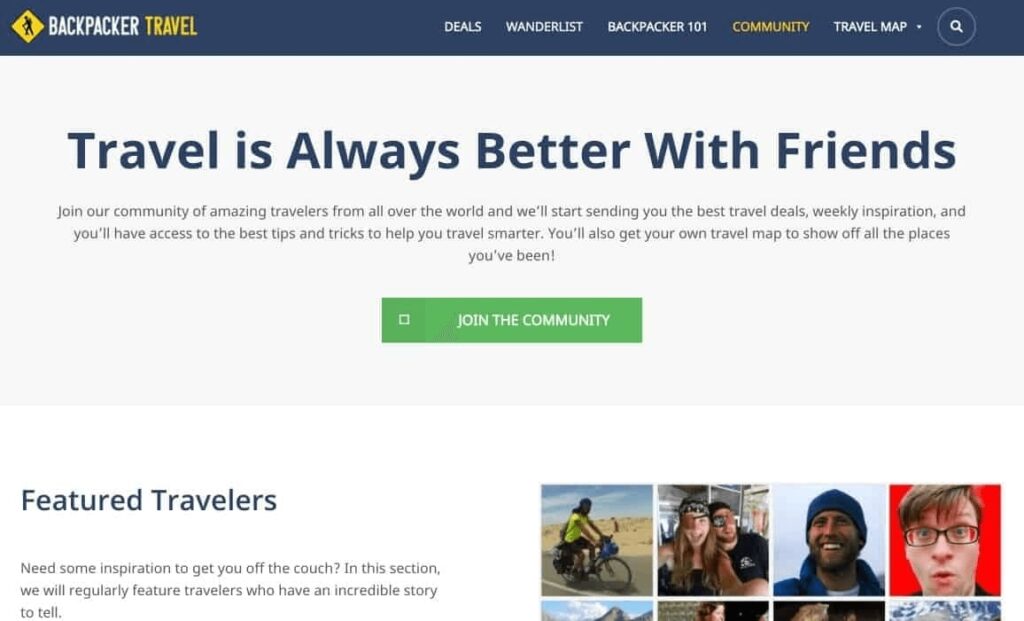
To make content and marketing messages that are relevant and interesting, you need to know where customers are in their journey. Here are some ways that knowing about the customer journey can help you with your marketing:
- At the Awareness stage, you may need to show potential customers that they have a problem or need that your product or service can solve. To reach these customers, you need to teach them why they should choose you instead of your competitors.
- At the Consideration stage, users are looking for ways to solve their problems and learning about their options. During this time, a lot of people compare products and services from different companies. To get these customers to choose your services over others, you need to offer them good deals or discounts that make them want to do business with you.
Use customer segmentation to identify specific groups within your target audience
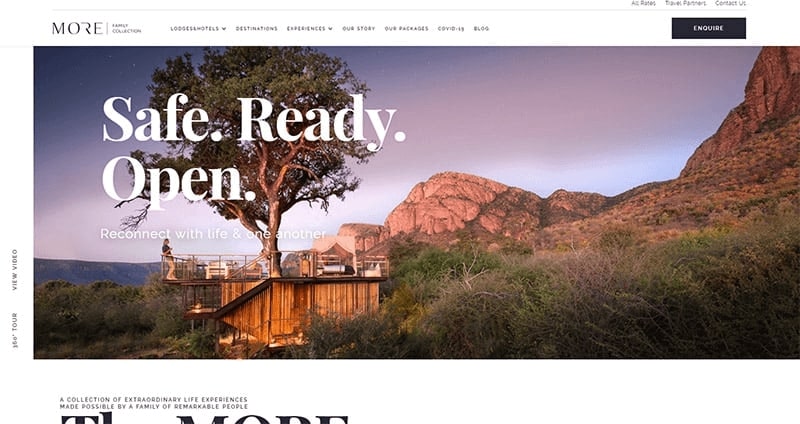
With customer segmentation, you can figure out who is interested in what you have to offer and why. You can make each customer’s experience unique by putting them into different groups based on their age, interests, budget, and past purchases.
It will help your travel agency figure out which services are most popular with certain groups and how to best promote them on your website.
For example, if seniors are especially interested in cruises or all-inclusive packages, your team would be able to make campaigns that appeal to them based on this information. You should write your messages for this group in a way that makes sense to them.
Use A/B testing to refine your targeting
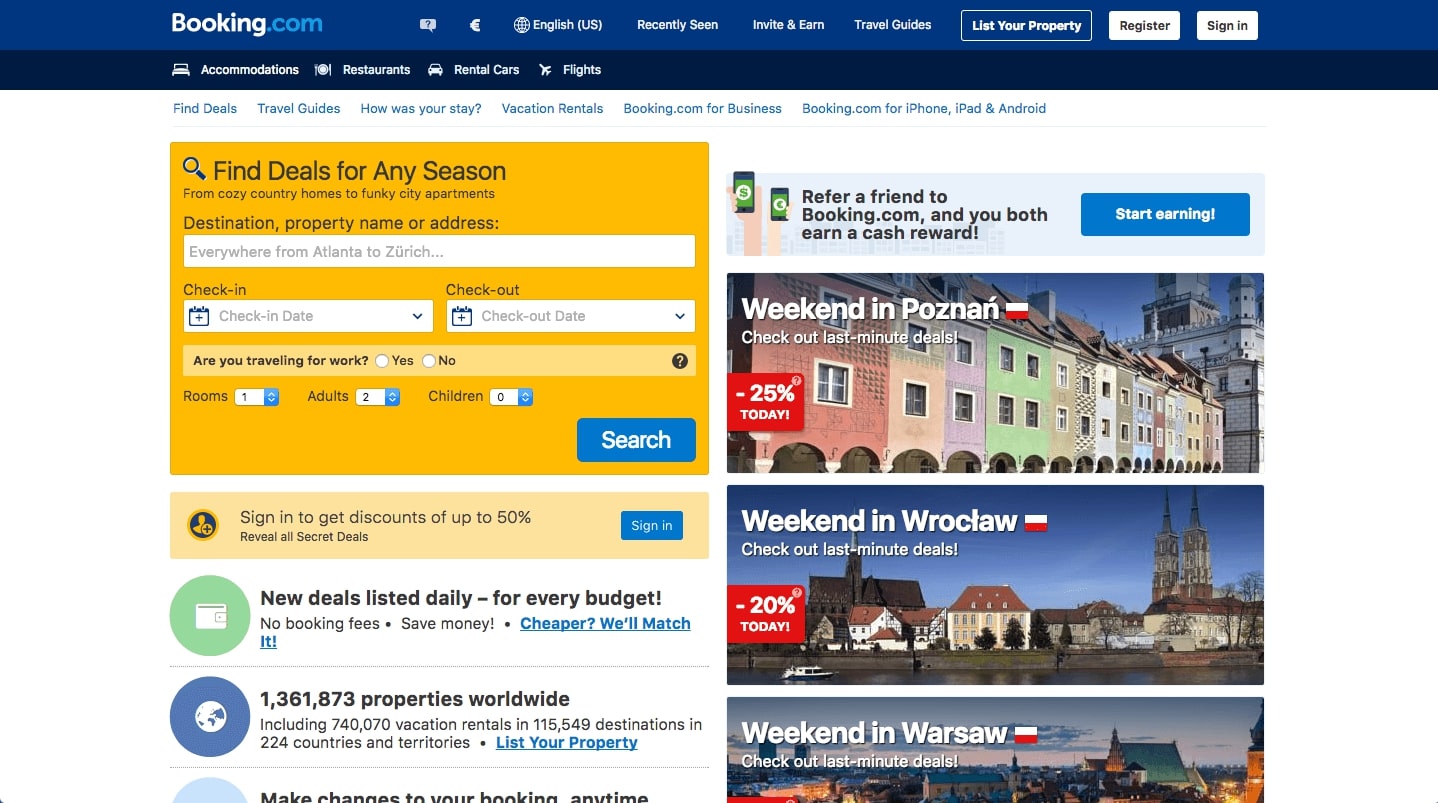
One of the best ways to improve your targeting is to use A/B testing. With this method, you can make two versions of their website or marketing message, each one geared toward a different audience. A/B testing lets your travel agency figure out who its target customers are and change the way it talks to them.
To use A/B testing well, you should first make two versions of your website or marketing message, each with small differences in the way they are written and in other ways.
When both versions are ready, they should send them to customers for testing and keep track of how customers use each version. The version that gets more users involved will work better with the audience you want to reach. This will let you use the results to make changes to your content and who you’re trying to reach.
Conduct surveys and focus groups to gather direct feedback

You can also use surveys and focus groups to find out who your website’s target audience is for a travel agency.
People can quickly tell you what they think about certain topics related to your brand and services through surveys. At the same time, focus groups give more in-depth information because real or potential customers talk to each other.
With this method of collecting data, you can find out what drives them, what makes them happy, and why they use your service. This information will help you figure out exactly who your target market is and how to market to them. With this feedback, you can improve your targeting and make content that is more relevant.
Attend industry events and conferences to connect with potential customers

Going to industry events and conferences could help you find big customers for your travel agency’s website. By talking to other entrepreneurs, business owners, and people in the industry, travel agencies can learn more about who is interested in their services and who they should target.
By going to these kinds of events and conferences, your travel agency can also show potential customers that you know what you’re talking about by having conversations about the latest industry trends.
Your travel agents can also meet people from different backgrounds and cultures who are interested in traveling abroad when they go to these events and conferences. This gives them a chance to meet new people and make connections with people who might become customers in the future. And finding out what they like and what they need.
Partner with other businesses to reach new audiences

Partnering with other businesses that serve the same kind of customers is one of the best ways for travel agencies to get more customers. Working with companies that do similar things can help agencies reach new audiences and get more attention.
Partnering with other businesses can be a great way to identify target audiences for a travel agency website. It’s a great idea to find them via Traveler WordPress travel theme B2B community. By teaming up with different businesses, you can quickly gain insights into the needs of potential customers in terms of destination preferences, holiday types, and budgets.
With this information, you can make sure that your services fit the needs of these groups. Your travel agents can also get the attention of potential customers and spread the word about their business by offering special deals and discounts through partner companies.
Use paid advertising to reach specific target audiences
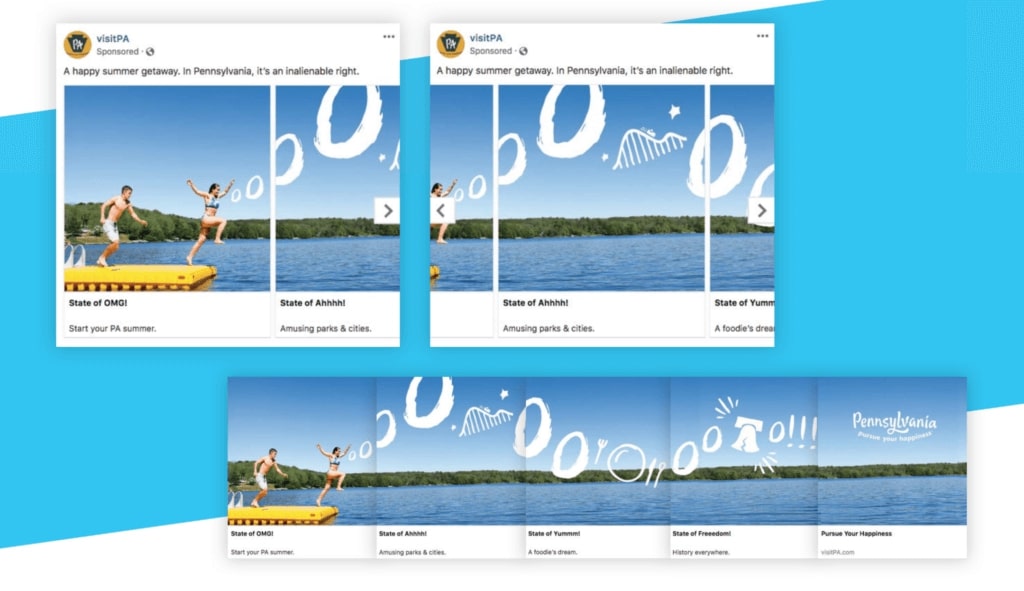
Paid advertising is a great way to reach groups of people you want to reach. You can find your target audience and make campaigns for them on platforms like Google AdWords and Facebook Ads. This can be especially helpful for travel agencies that want more people to book trips through their website.
By using the right keywords, your travel agency can quickly find its target audience and make campaigns that speak directly to those people. For example, if you specialize in exotic vacations, you could use keywords like “exotic getaways” or “luxury beach trips” to attract people who are interested in those kinds of trips.
You could also use other ways to target, such as targeting based on age or location. So that the ads only get seen by the kind of people you’re looking for.
Make sure you use A/B testing to improve your ads and targeting to get the most out of the money you spend on ads.
Conclusion
Building a successful travel website requires a lot of hard work and dedication. Following the 14 tips discussed in this article is an excellent start to identifying your target audience and creating content tailored to their needs. Doing so will ensure that your website stands out from the competition and encourages potential customers to book their next trip with you.
So take the time to get to know your target audience, develop a plan for your website, and use the right tools for success!

